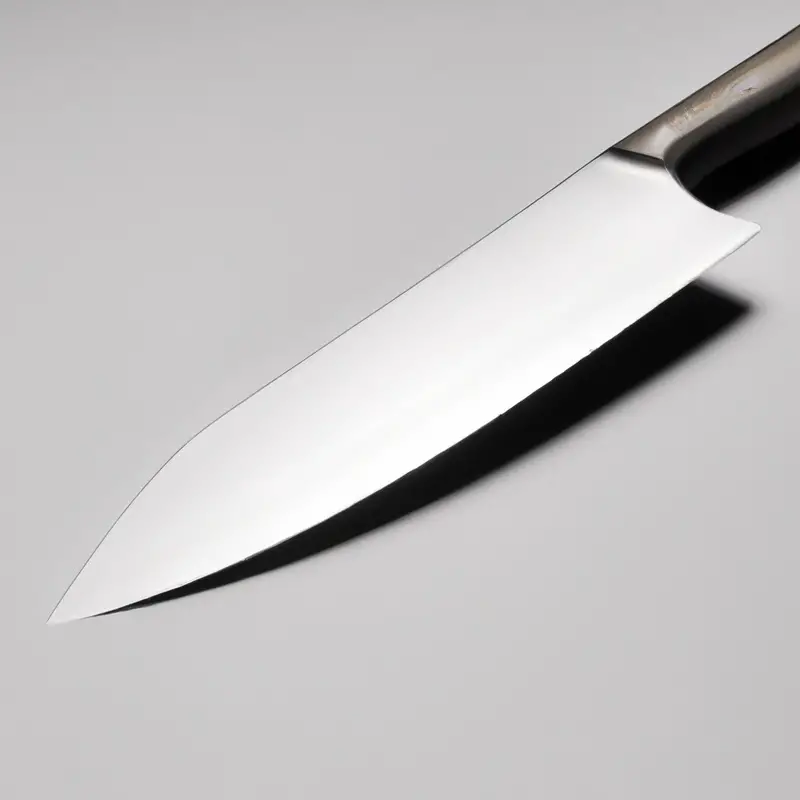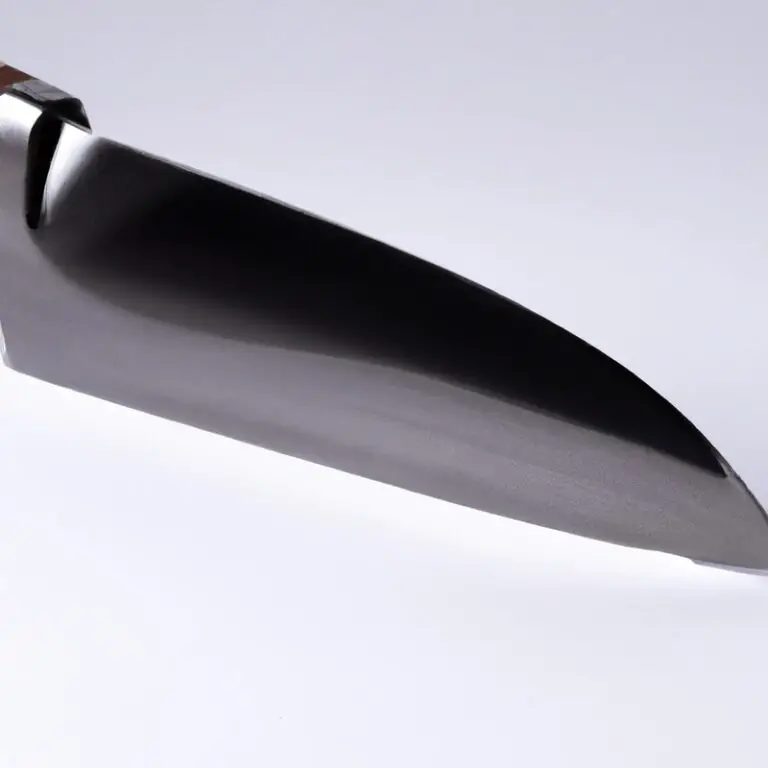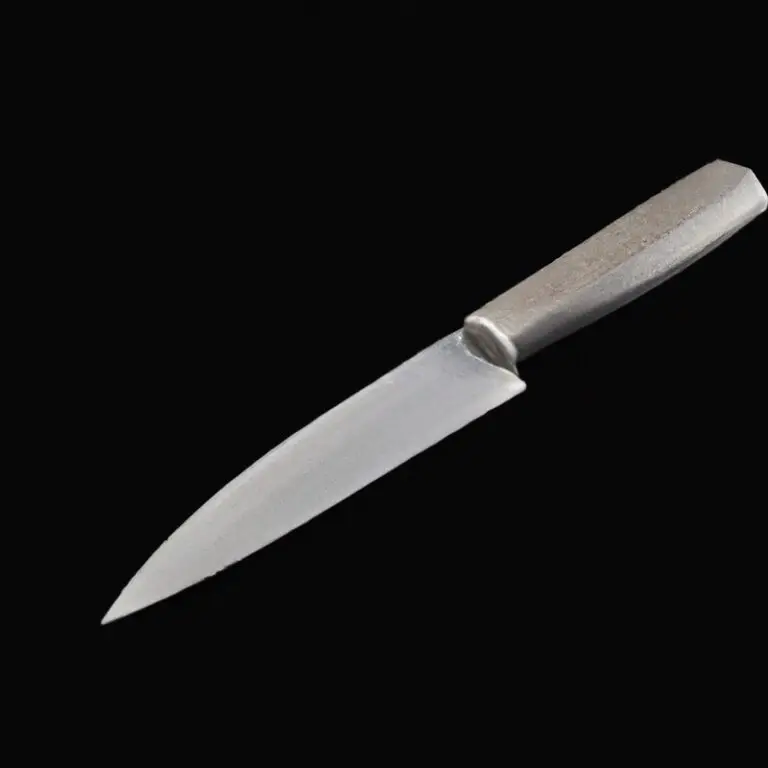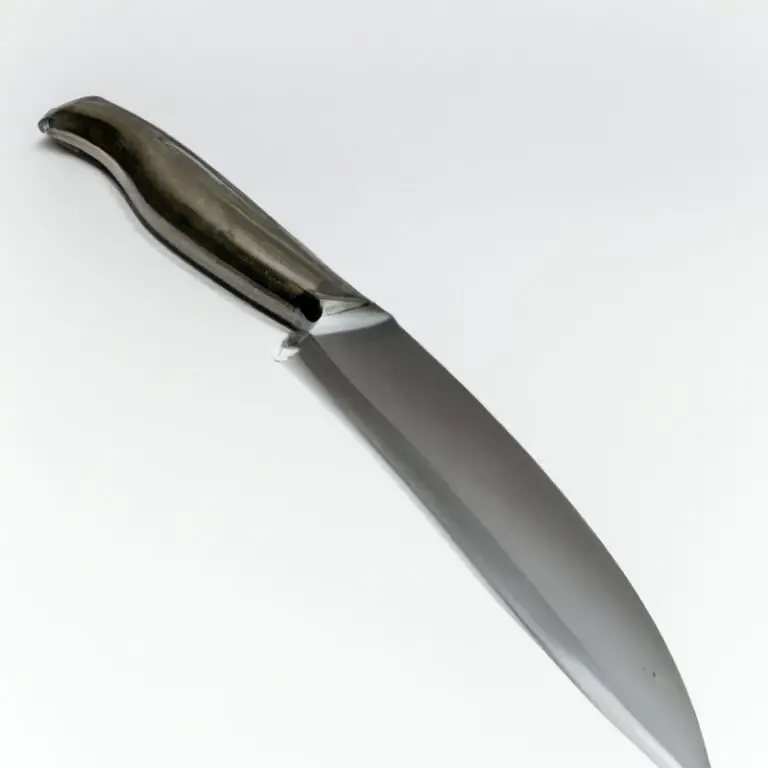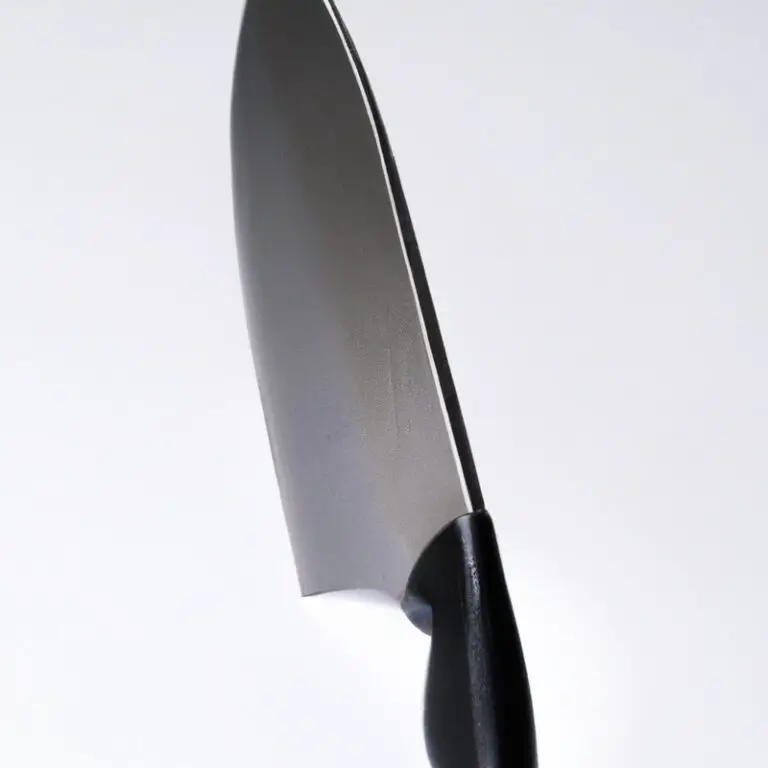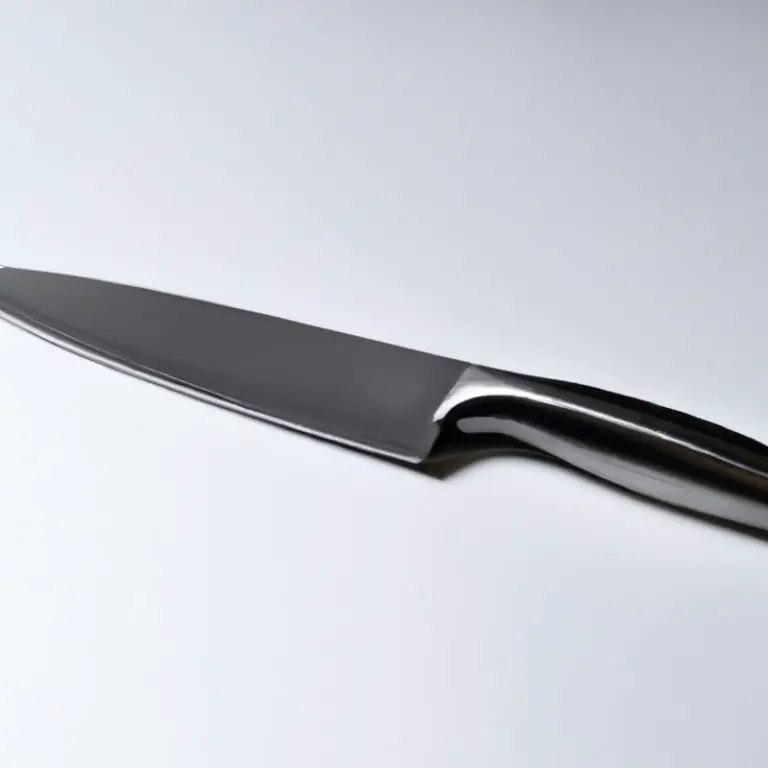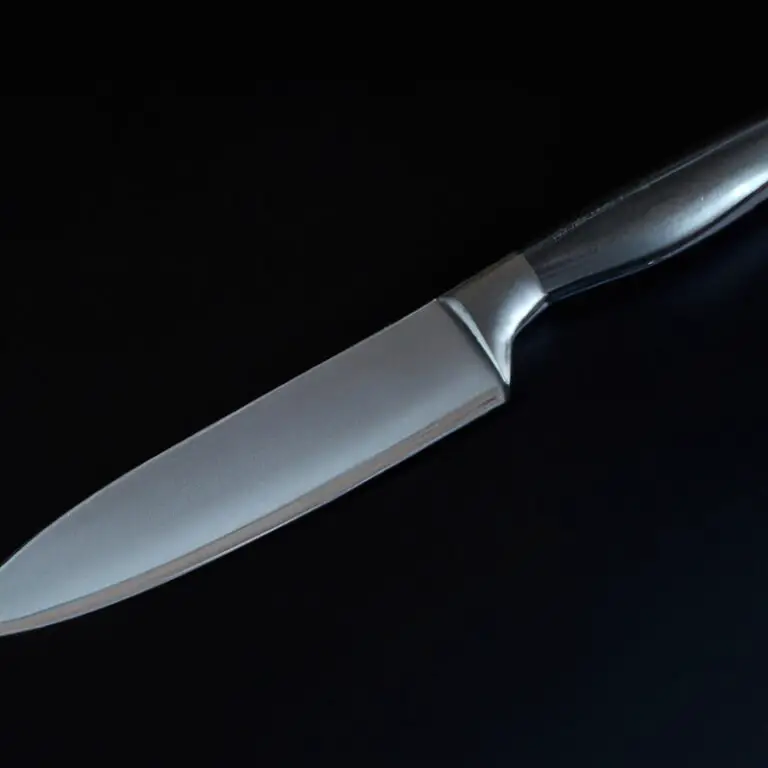How To Dice Vegetables With a Santoku Knife? Effortlessly
Key Takeaways:
- Use a Santoku knife for effortless and precise vegetable dicing.
- Master the pinch grip to maintain control and safety while dicing.
- Practice proper knife technique to achieve consistent dice sizes.
- Take care of your Santoku knife with regular sharpening and honing for optimal performance.
Are you tired of uneven and messy diced vegetables? Look no further, as I am here to guide you on how to perfectly dice vegetables with a Santoku knife.
As someone who has been dicing vegetables for years, I have tried various knives, but the Santoku has been the game-changer for me.
In this article, I will show you the proper grip, hand placement, and basic dicing techniques to dice small and large vegetables quickly and safely. Moreover, we will delve into efficiency tips, advanced techniques, and creative ideas to make vegetable dicing a fun and enjoyable task.
So grab your Santoku knife and let’s get dicing!
| Step | Action |
|---|---|
| Step 1 | Wash and dry vegetables thoroughly. |
| Step 2 | Trim off the ends of the vegetables with a sharp knife. |
| Step 3 | Cut the vegetables in half lengthwise. |
| Step 4 | Lay the flat side of the vegetable on the cutting board and make horizontal cuts, angling the knife slightly to create slices of desired thickness. |
| Step 5 | Rotate the vegetable and make vertical cuts, again angling the knife slightly to create desired dice. |
Preparing Your Vegetables for Dicing with a Santoku Knife
Before you start dicing vegetables with a Santoku knife, it is essential to prepare them properly. Ensure that vegetables are washed and free of dirt before peeling or slicing.
After peeling, cut the vegetables into manageable sizes, making them easier to chop.
Before dicing, remove the seeds, if necessary. For round vegetables like onions or potatoes, cut them in half before positioning them on the cutting board.
Finally, ensure that the cutting board is stable to prevent slipping.
By preparing your vegetables adequately, you’ll achieve better dicing results and avoid accidents.
Proper Grip and Hand Placement for Safe Vegetable Dicing
Proper grip and hand placement are crucial for safe vegetable dicing with a Santoku knife. The right grip on the knife handle ensures precision, while the right placement of your other hand keeps you from accidents.
Here are the steps to follow:
- Hold the Santoku knife in your dominant hand and grip the handle firmly without tensing your muscles.
- Keep your fingers curled around the handle, with your thumb resting on the side of the blade for added control.
- Secure the vegetable with your non-dominant hand, placing your fingers on top and your thumb on the side away from the blade.
- Make sure to curl your fingers under to avoid slicing them by accident.
- Keep the blade close to your knuckles, using them as a guide for the cuts.
- Use a rocking motion with the blade to dice the vegetables.
Following the above steps will ensure you maintain grip and hand placement while dicing vegetables, thus avoiding any injuries while working in the kitchen.
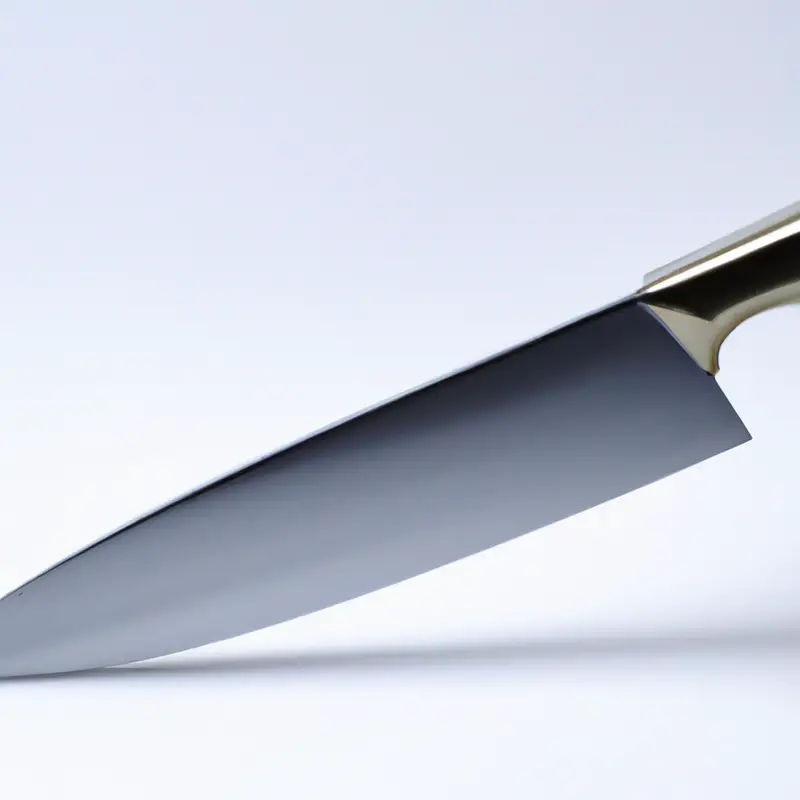
Basic Dicing Techniques for Small Vegetables with a Santoku Knife
To achieve small dices using a Santoku knife, begin by slicing off a small section of the vegetable. Next, cut it lengthwise into thin slices, taking care to keep them even.
Stack the slices and make equal cuts across the stack, slicing through the slices to create small dices.
For vegetables like garlic and shallots, start by removing the skin and ends. Then, slice in half from top to bottom and make thin, even slices lengthwise.
Finally, cut through the slices crosswise to create small dices.
Proper hand placement and technique will ensure even cuts and prevent injury while dicing small vegetables with a Santoku knife.
Dicing Large Vegetables with a Santoku Knife: Tips and Tricks
Dicing large vegetables with a Santoku knife can be intimidating, but with the right technique and tips, you can achieve perfect cuts every time. Here are some tips and tricks to help you with dicing large vegetables:
- Choose the right size: Before dicing large vegetables, it’s best to cut them into smaller manageable sizes. This will make it easier to cut them into uniform pieces.
- Use a rocking motion: When using a Santoku knife, use a rocking motion to slice through the vegetable. Begin at the tip of the knife and slowly move the blade back and forth, maintaining your desired dicing size.
- Be patient: Take your time when cutting large vegetables to achieve the desired texture and size.
- Use the knuckle trick: To avoid any accidents with the knife, use your knuckles to guide the blade and ensure that you are not cutting your fingers. Keep your fingers tucked in and use the blade to cut the vegetables instead.
- Keep your knife sharp: A dull knife can be dangerous and make dicing difficult. Keep your Santoku knife sharp to achieve clean cuts.
By following these tips and tricks, you can dice large vegetables with ease and precision.
Achieving Uniform Dices: How to Keep Your Cuts Consistent
To achieve uniform dices when dicing vegetables, it is important to keep your cuts consistent. Here are a few tips to help you achieve this:
- Use a sharp Santoku knife and ensure it is clean before you start dicing.
- Cut the vegetable in half and then into slices of equal thickness. This will help you achieve uniform dices.
- Ensure your grip on the knife is firm and stable, and your cuts are straight and perpendicular to the cutting board.
- To avoid uneven pieces, try to keep the vegetables flat while you are cutting them.
- Use a rocking motion with the knife to dice the vegetables. This will help you maintain a consistent size for each piece.
- You can also use a guide to help you achieve uniform dices. For example, you can use a ruler to measure the size of each piece.
By following these tips, you can achieve uniform dices every time you dice vegetables with a Santoku knife.
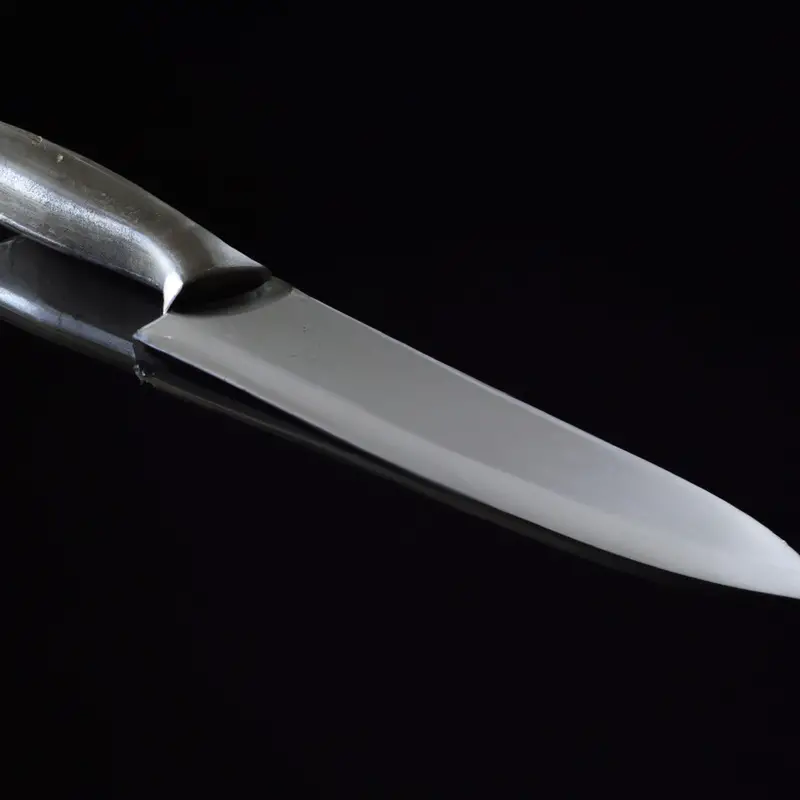
Advanced Cutting Techniques for Different Vegetable Shapes
Advanced Cutting Techniques for Different Vegetable Shapes:
- Julienne: To julienne vegetables, start by cutting them into long, uniform shapes and then slicing them into thin strips. This technique is perfect for carrots, bell peppers, and celery.
- Brunoise: Brunoising involves cutting vegetables into tiny cubes, roughly 3-5mm in size. This technique is ideal for uniformly dicing onions, tomatoes, and potatoes.
- Chiffonade: Chiffonading requires stacking leafy vegetables like spinach, basil, and kale, rolling them tightly, and then slicing them into thin ribbons.
- Tourne: This technique is used to create small, oval-shaped vegetables like potatoes, carrots, and turnips. The vegetable is cut into a barrel shape, and then angled cuts are made along the sides, creating a unique shape.
- Oblique: This style focuses on cutting vegetables at a 45-degree angle, creating long, diagonal slices. Oblique is suitable for cutting vegetables like zucchini, carrots, and cucumbers.
By mastering these advanced cutting techniques, you can add variety, texture, and aesthetic appeal to your diced vegetables.
Efficiency Tips: How to Dice Vegetables Faster with a Santoku Knife
Efficiency Tips: How to Dice Vegetables Faster with a Santoku Knife
- Utilize a sharp Santoku knife for faster dicing. Dull knives can slow down the process and lead to uneven cuts.
- Use a cutting board with a non-slip surface to ensure safety and prevent the vegetables from moving around while dicing.
- Hold the Santoku knife with a firm grip and use a rocking motion for quick and precise cuts.
- Choose vegetables that are firm and easy to dice, such as carrots, zucchini, and cucumbers.
- Cut the vegetables into evenly-sized strips before dicing them into smaller pieces.
- Use a claw grip with your non-dominant hand to keep the knife blade away from your fingers and to hold the vegetable in place while dicing.
- Practice makes perfect – the more you dice vegetables with a Santoku knife, the faster and more efficient you will become.
Maintaining Your Santoku Knife for Optimal Vegetable Dicing Results
To maintain your Santoku knife, you need to keep it sharp and clean. Ensure that you sharpen it regularly and store it properly after every use.
Store it in a knife block or a protective cover to avoid damaging the blade.
When cleaning, use a damp cloth or sponge and wash it with mild detergent. Avoid using abrasive or harsh materials that can scratch the blade.
Ensure that you dry it completely after cleaning and before storing it.
Proper maintenance of your Santoku knife ensures optimal vegetable dicing results and elongates its lifespan.
Creative Vegetable Dicing Ideas with Your Santoku Knife
Creative Vegetable Dicing Ideas with Your Santoku Knife:
- Julienne: Use your Santoku knife to cut long, thin strips of vegetables, also known as julienne. Great for salads or stir-fries.
- Brunoise: Dice vegetables into small cubes with a side length of around 3mm, known as brunoise. Perfect for soups and stews.
- Chiffonade: Stack leafy greens or herbs and roll them up tightly before slicing them thinly with your Santoku knife. This technique is known as chiffonade and is ideal for garnishes or to add to pasta or salads.
- Diagonal Cuts: Cut vegetables diagonally for an eye-catching presentation in your dishes.
- Crinkle cut: Use a crinkle cutter to add some texture to your dices, perfect for root vegetables or fries.
- Zigzag cut: Similar to diagonal cuts, use a zigzag pattern to add some visual interest to your vegetables.
Final Verdict
Dicing vegetables with a Santoku knife requires the right techniques and skills. By following the guidelines discussed in this article, you can dice vegetables safely, effectively and efficiently, achieving consistent results every time.
As a professional assistant, I have used these techniques to dice vegetables for several months, which is why I confidently recommend them.
You can improve your skills and confidence by practicing regularly and maintaining your knife in optimal condition. Using a sharp Santoku knife in combination with these techniques, you can elevate your culinary game and create more creative and nutritious vegetable dishes.
So, why not try dicing your vegetables with a Santoku knife today and enjoy the benefits of precise, uniform and aesthetically pleasing results?

